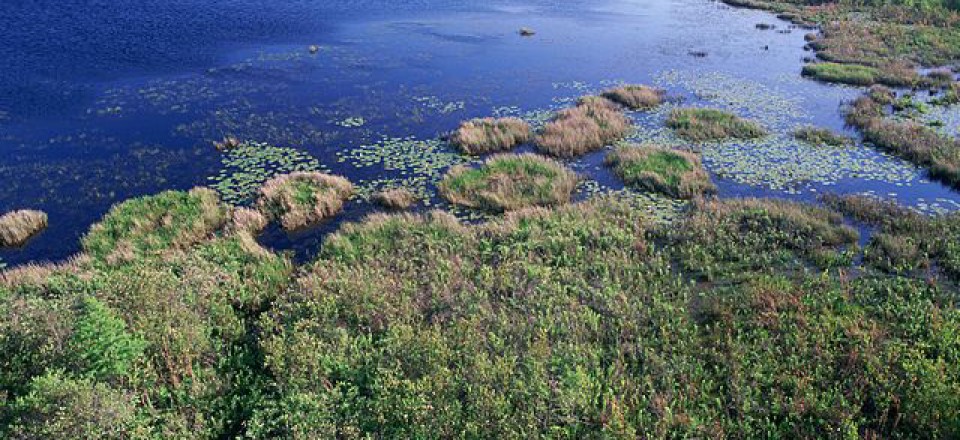“The public lands system in the United States has a long history of using public-private partnerships to run visitor services such as youth programs, raise private funds, and engage citizens in land stewardship and environmental education. … Many such partnerships are fifty (or more) years old! And while public-private partnerships have achieved numerous “win-win” results during that time, the intervening years have also brought significant shifts in the country’s demographics, political and cultural trends, and land use issues. As with any relationship, these partnerships must adapt to changing circumstances in order to remain relevant and meaningful. This case study outlines the systematic process used to analyze and ultimately reinvent the partnership between a federal agency — the United States Forest Service (USFS) — and its non-profit partner, the Florida Trail Association (FTA). The case study defines the situation and strategic issues arising from an analysis of the resource that is the focus of the partnership, the Florida National Scenic Trail (the Trail), and the partnership relationship. It also reviews the partnership reinvention process designed by Conservation Impact and used to develop an updated resource agreement, a set of shared strategic goals, and a new partnership model.”








